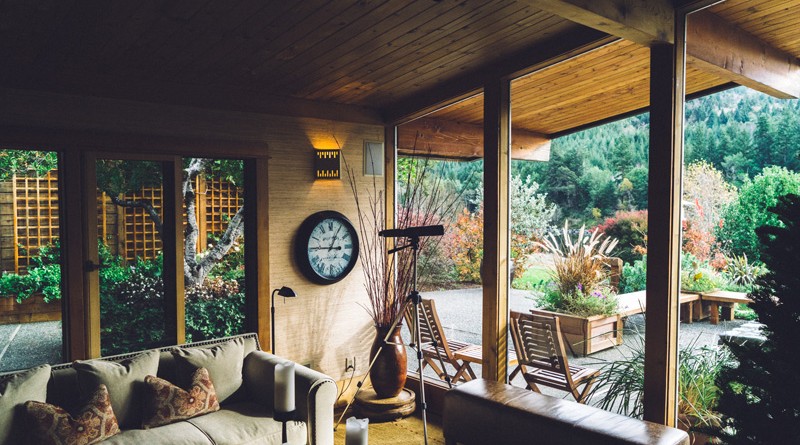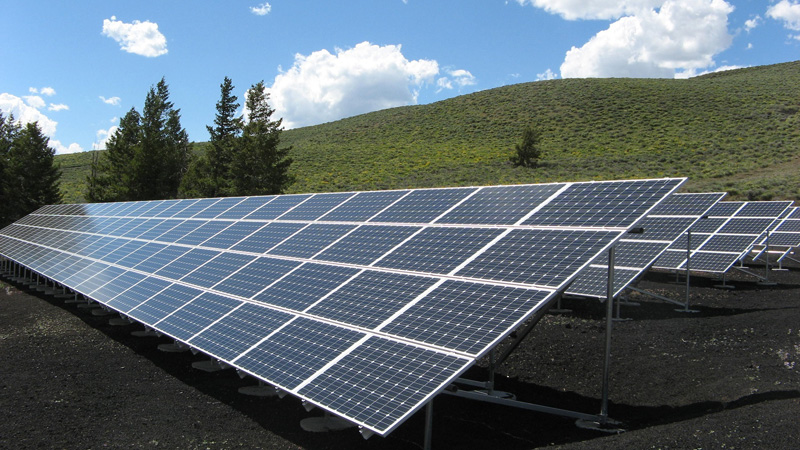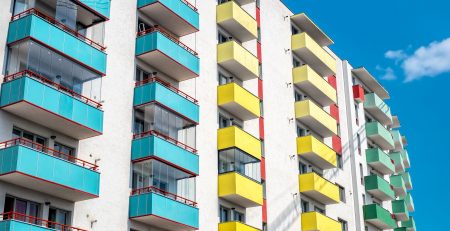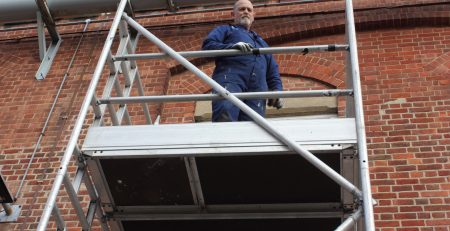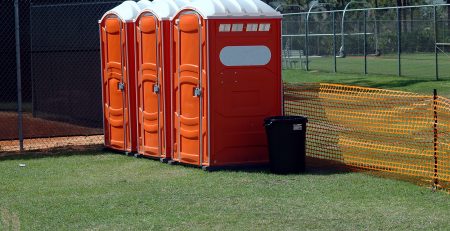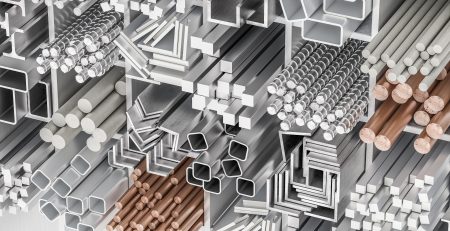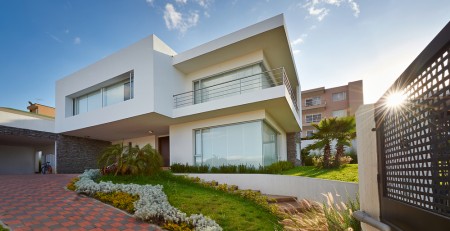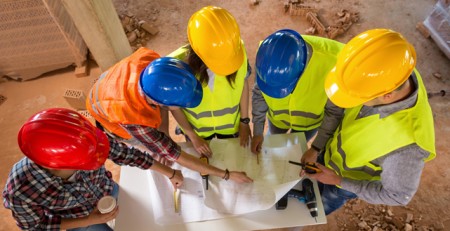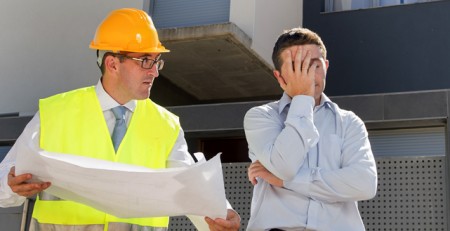Is The Construction Industry Rising To The Challenge Of Sustainable Homes?
The concept of sustainability is becoming ever more crucial as the world faces the challenges of global warming and saving ever diminishing resources; this is now affecting home building. Governments are continuing to evolve their own policies on sustainability, including the construction of sustainable homes. All of this signals a move towards the construction of sustainable homes becoming the norm, with the pace picking up in the decades to come.
This, of course, poses a challenge for the construction industry. There will no doubt be a growing market – through government regulation or public demand – for sustainable homes. So, are you ready to meet the challenge?
As someone involved in the construction industry you may well be asking yourself: “Why do we need to build sustainable homes?” Government demands aside it is important to consider the benefits of such homes. For it to be beneficial for you to engage in such construction those benefits have to become apparent to the public – the people likely to buy such homes.
Homebuilders who have embraced sustainable home building have noted four general benefits in their design. These are:
- Increased ventilation control
- Enhanced temperature control
- Enhanced lighting control
- Enhanced daylight ingress
These benefits and others offered by sustainable homes will make them more popular with the public and more profitable to build them. While energy costs now remain relatively low, that is unlikely to last forever. Homes which are energy efficient will see families having to spend less on energy bills and that is yet another benefit of the sustainable home.
In fact, energy efficiency can be a key point when deciding to buy a sustainable home. Companies such as Solar King are among those in the construction industry making their mark in the building of homes where sustainability is the priority. The company provides Solar PV panels for homeowners and is a leader in its field. For the homeowner, Solar King also provides uPVC windows and A+ rated boilers – all essential features for the sustainable home.
While there are advantages with the building of sustainable homes for the construction industry, there are also some disadvantages. One is the higher cost of construction: according to the Joseph Rowntree Trust Foundation the cost of building sustainable homes is 2.5 to 12.9% higher per dwelling than “traditional” builds. Obviously, this cost will have to be passed on, eventually being picked up by the buyer. The Rowntree Trust also discovered that some builders offset the additional cost, by building homes of a lower standard. While this can be understood as a money saving measure, both for the builder and the buyer, surely this defeats the whole object of the sustainable home. The aim of sustainability should be to build homes that will last and avoid any unnecessary renovations in the future that would only further waste resources.
Of course as sustainable house building becomes more popular and eventually the norm, economies of scale could well see prices reduced. In the meantime, it is important that both builders and potential homeowners appreciate the benefits of the sustainable home.
So, if you are involved in the construction industry are you rising to the challenge of building sustainable homes? Before answering that question you will need to realise just how wasteful the industry is of resources. Around 25 to 40% of the world’s carbon emissions have been landed at the feet of the construction sector, a crucial factor as the planet contends with global warming. This means there will be an increased demand for smarter planning, sustainable design and reduced energy consumption, which will have to be met by the construction industry through government legislation, public demand, or very likely a mixture of both.
Changes will necessarily have to be met and even embraced if the industry is to meet the challenge of constructing sustainable homes. As sustainable building costs have been shown to be typically higher, ways must be found to reduce those costs. For example, the industry is exceedingly complex, mainly because supplies and resources often come from a variety of sources. This means there can be breakdowns in the supply chain that ultimately costs both time and money. In the new world of sustainable construction, these issues must be dealt with if the new opportunities are to be embraced.
Is the construction industry rising to the challenge of sustainable homes? The concept is still in its infant stages so the jury is still out on that one. However, sustainable homes are very much the future so ultimately it is vital that the construction sector is able to fully meet the challenge, sooner rather than later.

